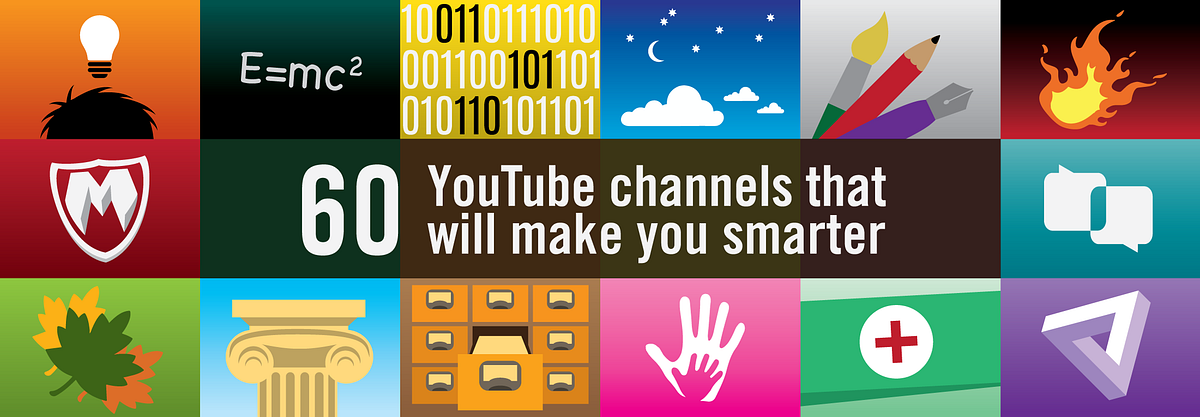
60 channels that will make you smarter, by Bibblio, The Graph

55 Channels that will Make You SMARTER
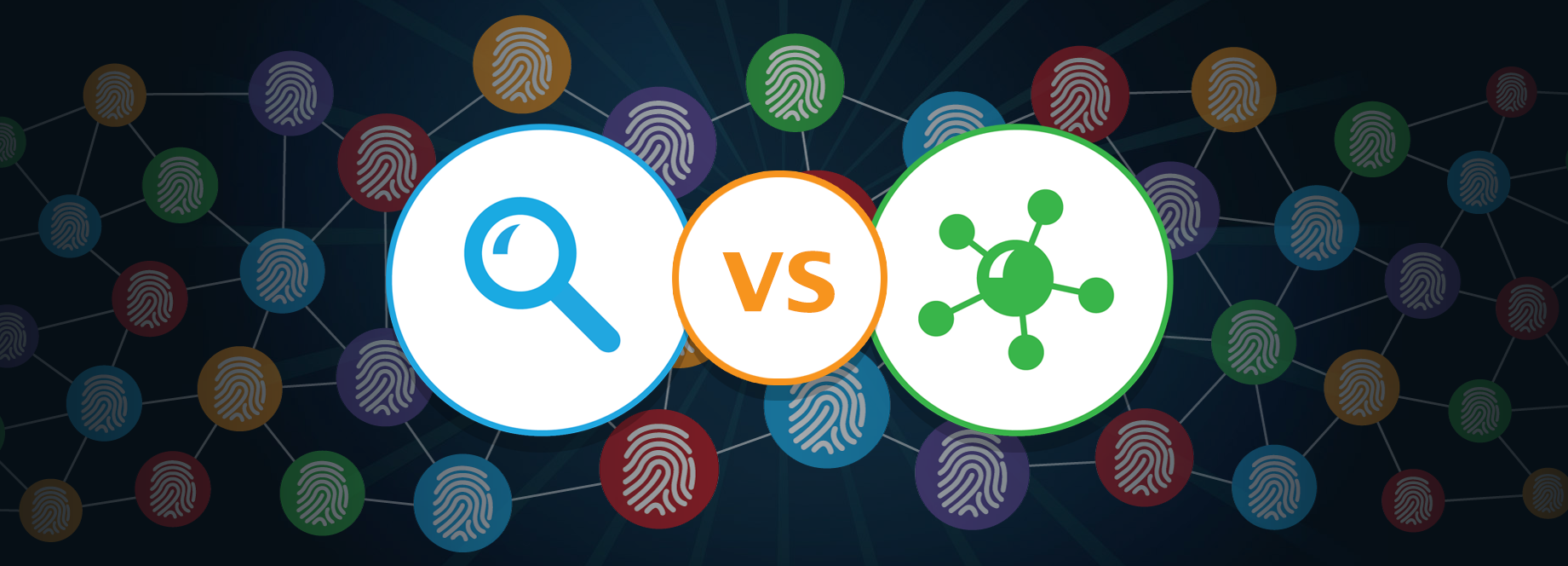
Search vs Discovery. Search is great — if you know what you…, by Bibblio, The Graph

How recommender systems make their suggestions, by Bibblio, The Graph
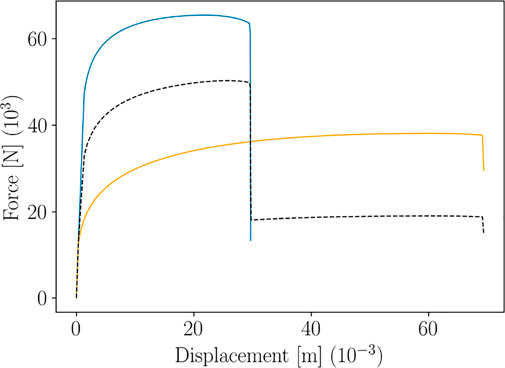
Frontiers Parametric Curves Metamodelling Based on Data Clustering, Data Alignment, POD-Based Modes Extraction and PGD-Based Nonlinear Regressions
Who's Spending Time Watching Traditional TV - And How Does It Compare with Other Platforms?

Who's Spending Time Watching Traditional TV - And How Does It Compare with Other Platforms? - Marketing Charts
Electromagnetic field emissions of modern power systems have increased in complexity if the many power conversion forms by means of power electronics and static converters are considered. In addition, the installed electric power has grown in many everyday applications such as wireless charging of vehicles, home integrated photovoltaic systems, high-performance electrified transportation systems, and so on. Attention must then be shifted to include harmonics and commutation components on one side, as well as closer interaction with humans, that concretizes in impact on physiological functions and interference to implantable medical devices and hearing aids. The panorama is complex in that standards and regulations have also increased significantly or underwent extensive revisions in the last 10 years or so. For assessment, the straightforward application of the limits of exposure is hindered by measurement problems (time or frequency domain methods, positioning errors, impact of uncertainty) and complex scenarios of exposure (multiple sources, large field gradient, time-varying emissions). This work considers thus both the clarification of the principles of interaction for each affected system (including humans) and the discussion of the large set of related normative and technical documents, deriving a picture of requirements and constraints. The methods of assessment are discussed in a metrological perspective using a range of examples.
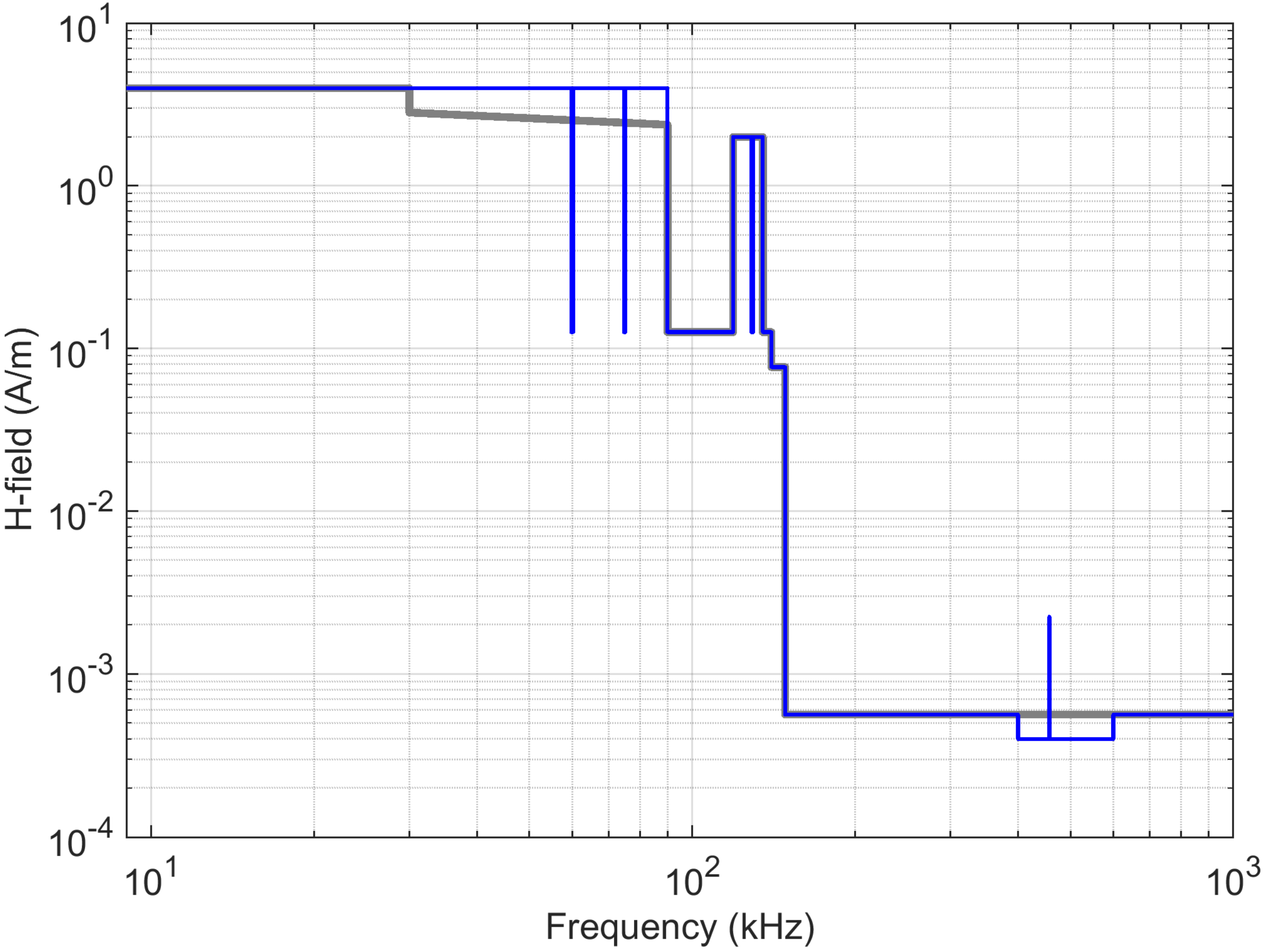
Energies, Free Full-Text
The automatic extraction of biomedical events from the scientific literature has drawn keen interest in the last several years, recognizing complex and semantically rich graphical interactions otherwise buried in texts. However, very few works revolve around learning embeddings or similarity metrics for event graphs. This gap leaves biological relations unlinked and prevents the application of machine learning techniques to promote discoveries. Taking advantage of recent deep graph kernel solutions and pre-trained language models, we propose Deep Divergence Event Graph Kernels (DDEGK), an unsupervised inductive method to map events into low-dimensional vectors, preserving their structural and semantic similarities. Unlike most other systems, DDEGK operates at a graph level and does not require task-specific labels, feature engineering, or known correspondences between nodes. To this end, our solution compares events against a small set of anchor ones, trains cross-graph attention networks for drawing pairwise alignments (bolstering interpretability), and employs transformer-based models to encode continuous attributes. Extensive experiments have been done on nine biomedical datasets. We show that our learned event representations can be effectively employed in tasks such as graph classification, clustering, and visualization, also facilitating downstream semantic textual similarity. Empirical results demonstrate that DDEGK significantly outperforms other state-of-the-art methods.
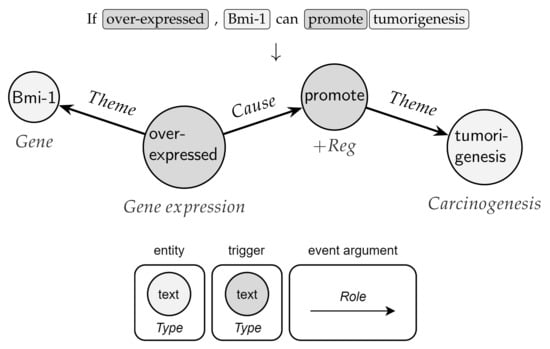
Sensors, Free Full-Text
In general, GNSS geopositioning satellites emit signals consisting of three parts. A carrier signal, one or more pseudorandom noise codes (PRNs), and a navigation message. The last two are modulated by the carrier using a technique known as phase modulation.

GNSS Channels: What and why are they so relevant?
Nonpoint source pollution (NPS) has become the leading factor of global water quality problems, attracting great attention from governments and researchers in various countries. Based on this situation, understanding the current research status of NPS can help guide future research. However, most of the current reviews only describe the research status of some specific aspects but fail to quantify the research hotspots and development trends on the whole, which limits the overall understanding of NPS. In this paper, bibliometrics was used to study the current status, hotspots, and frontiers of NPS research during 1991–2015, and the future research development was predicted. Over the past 15 years, there has been a remarkable growth trend in publication output, and the participation of countries/territories has also increased. Journal of Environmental Quality, Journal of Hydrology, and Total Environmental Science were the top three journals. Sharpley AN and Arnold JG from the USA were the most productive authors with the best quality articles. The major author clusters and research regions are located in North America and Europe, followed by East Asia. The United States dominates this research field, with the largest number of independent and collaborative articles. Chinese authors gained more attention through international cooperation. Keyword analysis confirmed that water quality and nutrients were the main concerns of NPS pollution research, which mainly involved a number of research topics, such as pollutant emission reduction research and the evaluation and simulation of pollutants’ migration and their transformation under different situations, while pesticides were less of a concern, which suggests that the abuse of pesticides has come under control. Meanwhile, SWAT was the dominating model in the last decade partly because it satisfied the growing needs of watershed-scale management.
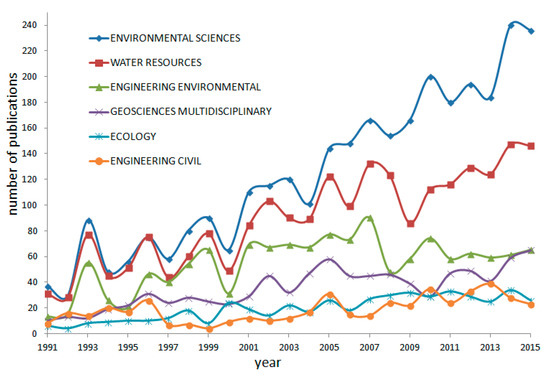
IJERPH, Free Full-Text
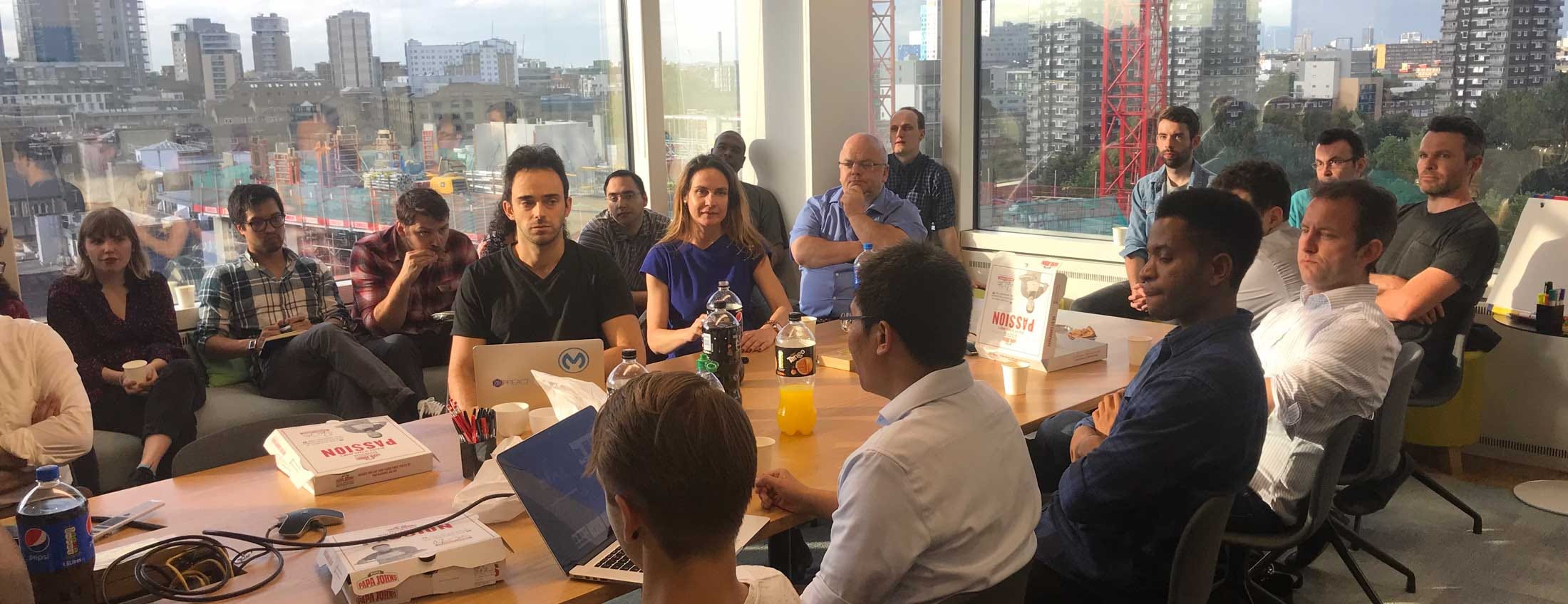
Reaching for the Sky at our latest recommender systems meetup, by Bibblio, The Graph

One Nation Under Therapy
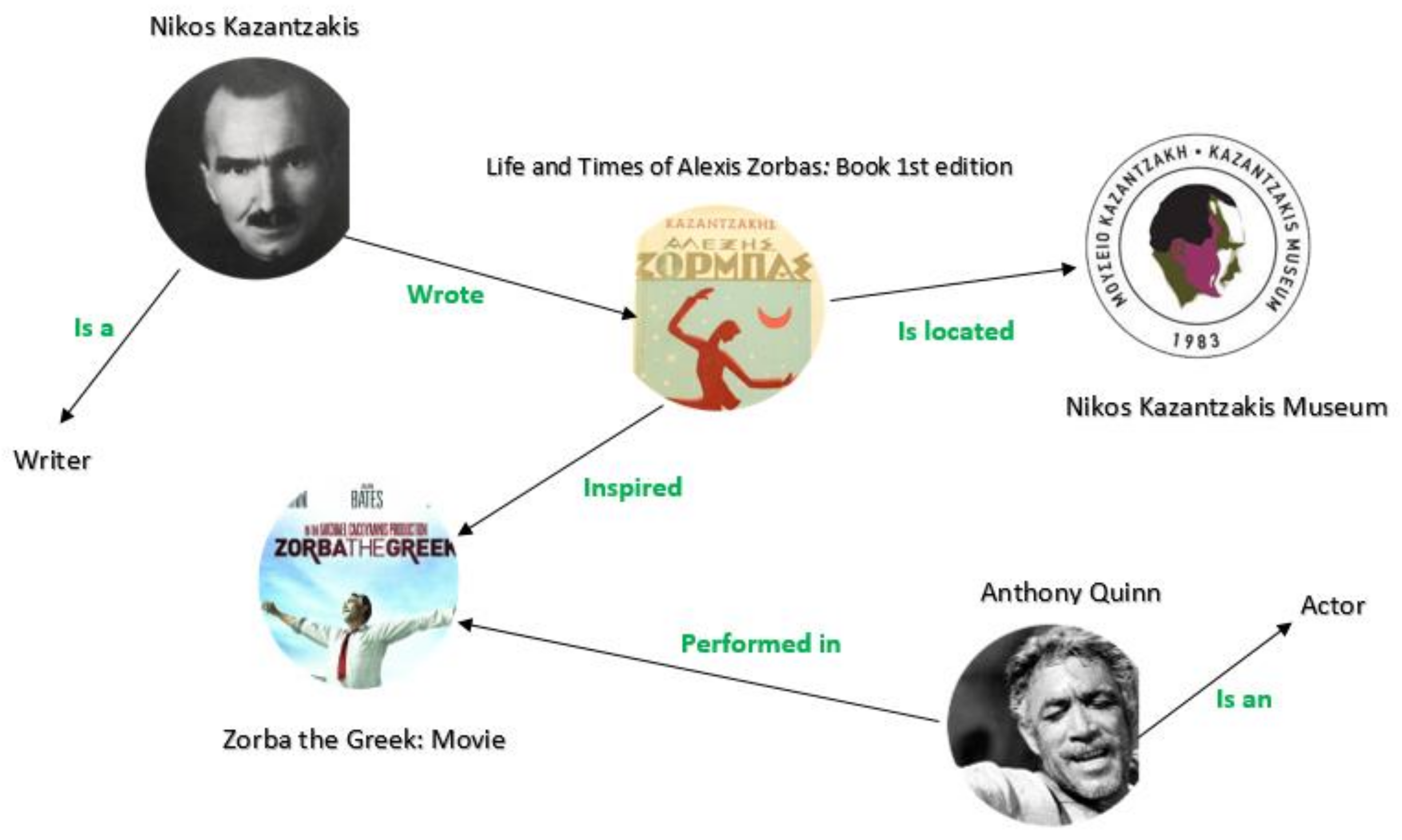
Applied Sciences, Free Full-Text

Chart: Many Channels, Few Watched
